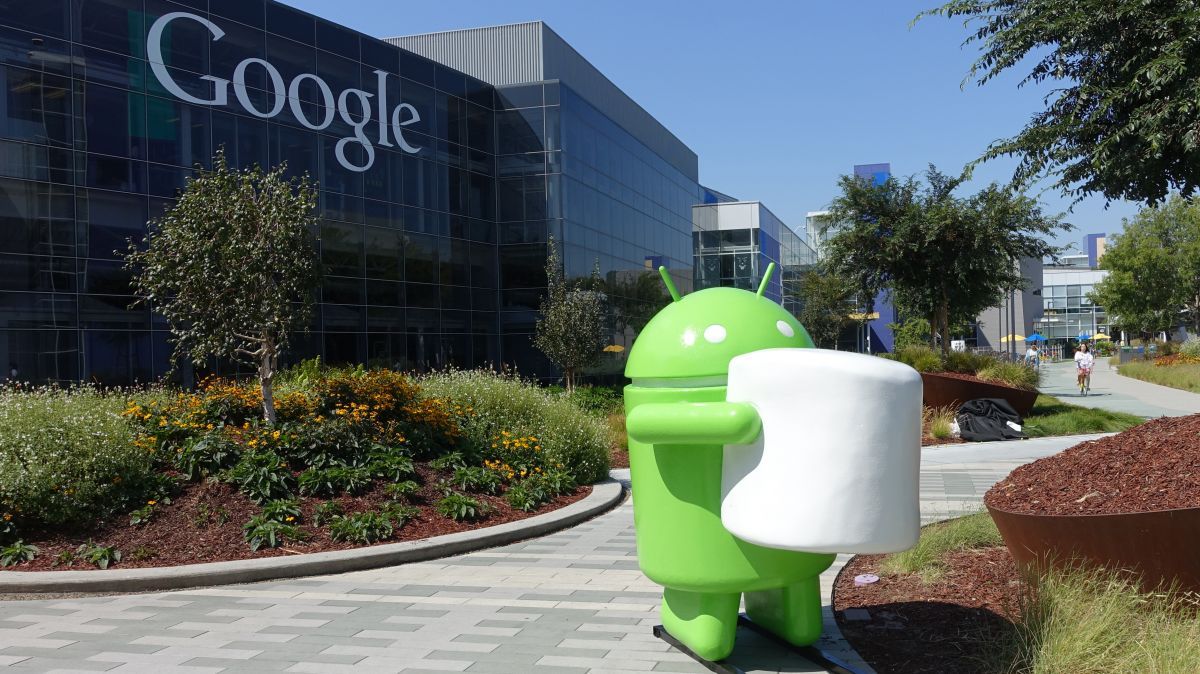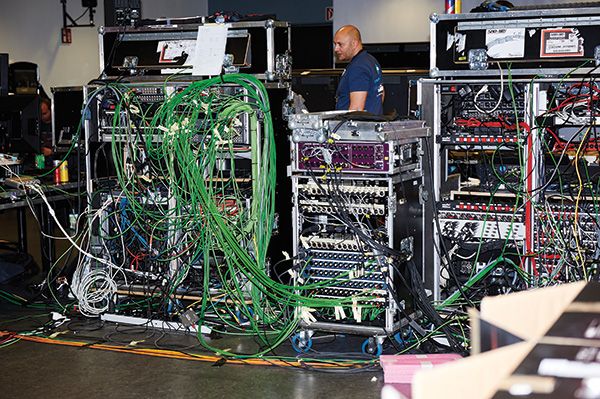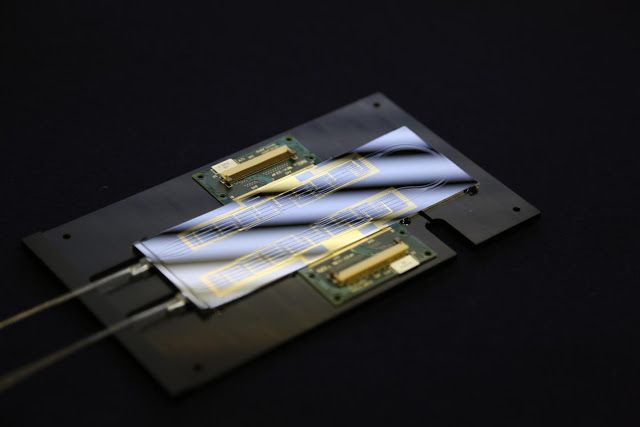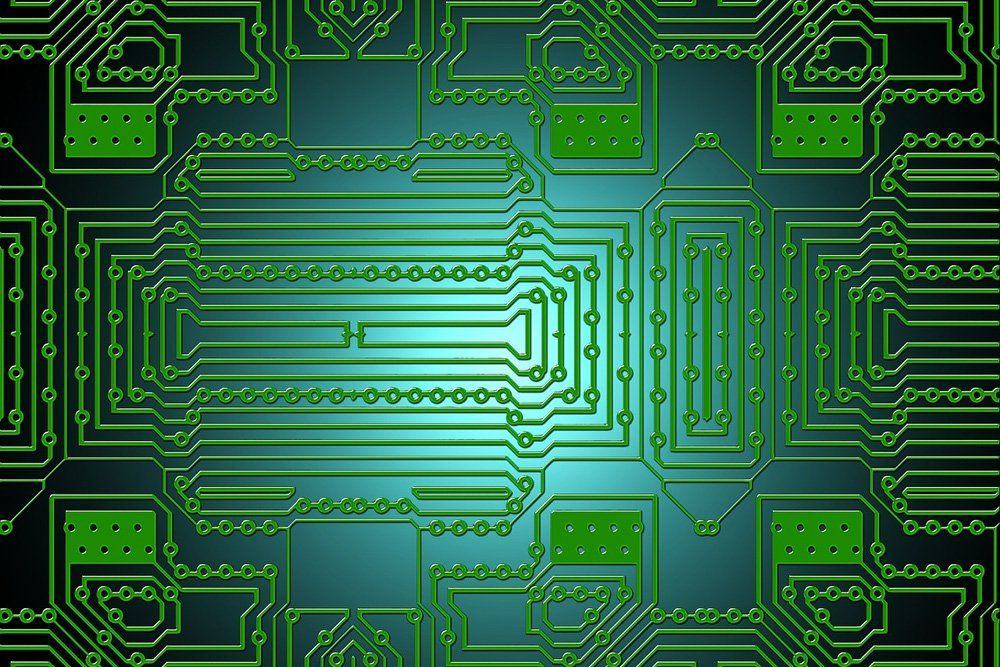Android M becomes Android Marshmellow.
Category: computing – Page 881
“Electronic sports (esports), or competitive computer gaming, is an industry on the move. Depending on who you ask, there are somewhere between 90 million to 135 million esports enthusiasts — defined as those who watch gaming regularly, online or off — and more than double that number of occasional viewers. According to a recent SuperData report, the esports sector will this year generate an estimated revenue of $621m worldwide.”
Scientists at the University of Vienna and the Austrian Academy of Sciences have developed a new quantum computing technique in which operations occur without a well-defined order. The new technique accomplished a task more efficiently than a standard quantum computer, and could open the way to faster quantum computing.
A new optical chip that can process photons in a dizzying number of infinite ways has been developed by two research teams. Researchers from the University of Bristol in the UK and Nippon Telegraph and Telephone in Japan (NTT) are behind the breakthrough in quantum computing. The means to solve daunting problems such as the ability to design new life-saving drugs; perform advanced calculations that are a step or two beyond even supercomputers; and analyze weather patterns for more accurate forecasting has just received a major boost.
A group of researchers have pulled off a staggering feat; they’ve developed a silicon-based optical chip that is fully reprogrammable and can process photons in every way imaginable and then some, reports Phys.org.
Prof. Jeremy O’Brien, the Director of the Centre for Quantum Photonics at Bristol University where researchers masterminded the development of the chip, said:
Computers are really, really good at recognizing faces… For people who don’t want to be found, or just enjoy the previously unquestioned ability to travel without being tracked, facial recognition poses a risk. As a solution, Japan’s National Institute of Informatics (NIII) created glasses that make faces unreadable to machines.
Image Credit: flickr/Steve Jurvetson.
Researchers from the University of Bristol in the UK and Nippon Telegraph and Telephone (NTT) in Japan, have developing an optical chip that can process photons in an infinite number of ways.
It’s a major step forward in creating a quantum computer to solve problems such as designing new drugs, superfast database searches, and performing otherwise intractable mathematics that aren’t possible for super computers.
The fully reprogrammable chip brings together a multitude of existing quantum experiments and can realise a plethora of future protocols that have not even been conceived yet, marking a new era of research for quantum scientists and engineers at the cutting edge of quantum technologies.
The microprocessor inside a computer is a single multipurpose chip that has revolutionised people’s life, allowing them to use one machine to surf the web, check emails and keep track of finances.
Now, researchers from the University of Bristol in the UK and Nippon Telegraph and Telephone (NTT) in Japan, have pulled off the same feat for light in the quantum world by developing an optical chip that can process photons in an infinite number of ways.
For any computer, being able to manipulate information is essential, but for quantum computing, singling out one data location without influencing any of the surrounding locations is difficult. Now, a team of Penn State physicists has a method for addressing individual neutral atoms without changing surrounding atoms.
“There are a set of things that we have to have to do quantum computing,” said David S. Weiss, professor of physics. “We are trying to step down that list and meet the various criteria. Addressability is one step.”
Quantum computers are constructed and operate in completely different ways from the conventional digital computers used today. While conventional computers store information in bits, 1‘s and 0’s, quantum computers store information in qubits. Because of a strange aspect of quantum mechanics called superposition, a qubit can be in both its 0 and 1 state at the same time. The methods of encoding information onto neutral atoms, ions or Josephson junctions—electronic devices used in precise measurement, to create quantum computers—are currently the subject of much research. Along with superposition, quantum computers will also take advantage of the quantum mechanical phenomena of entanglement, which can create a mutually dependent group of qubits that must be considered as a whole rather than individually.
As great as computers are at crunching their way through millions of numbers in just a few seconds, they’re not well known for having deep emotions or a sense of humour — until now. A new artificial intelligence system developed by Microsoft has been trained to spot the funniest submissions to the ongoing New Yorker cartoon caption competition. Indeed, the software has been developed partly out of necessity, with so many entries flooding in that the human editors can’t cope.
“The process of looking at 5,000 caption entries a week usually destroys [my editorial assistant’s] mind in about two years, and then I get a new one,” the New Yorker cartoon editor Bob Mankoff explained to Bloomberg. “It’s a little bit daunting. It’s like going snow blind; you go humour blind.”
That’s why Mankoff has been working alongside Microsoft researchers Dafna Shahaf and Eric Horvitz in developing the new humour-sensitive AI software. Of course, the program needs to be trained in what’s funny and what isn’t, because it doesn’t have an innate sense of what makes something witty: by feeding in thousands of previous submissions, the AI gets a large database of previous responses to work from.
The Defense Advanced Research Projects Agency (DARPA) website reports that two of DARPA’s Young Faculty Award (YFA) recipients have developed nanoscale electronic switches with reprogrammable features, similar to those at play in inter-neuron communication in the brain, which could find uses in next-generation reconfigurable electronic devices and brain-inspired computing.








